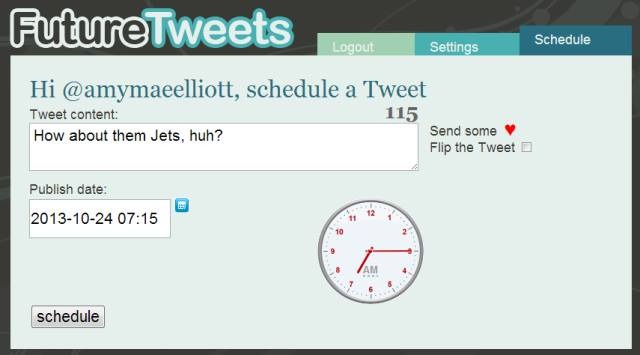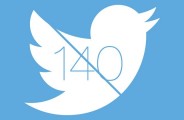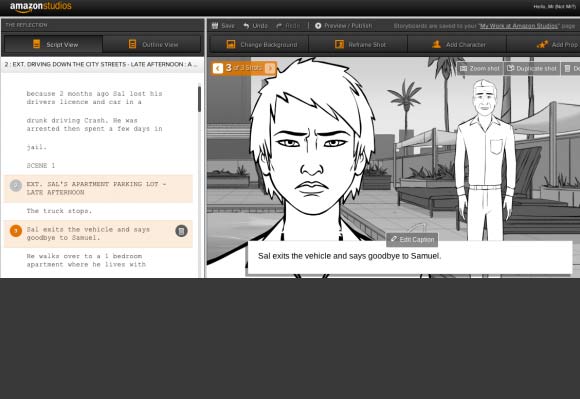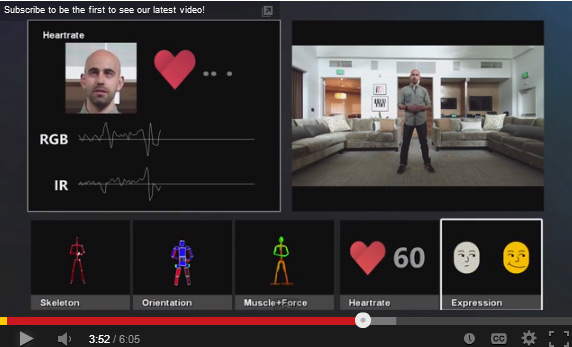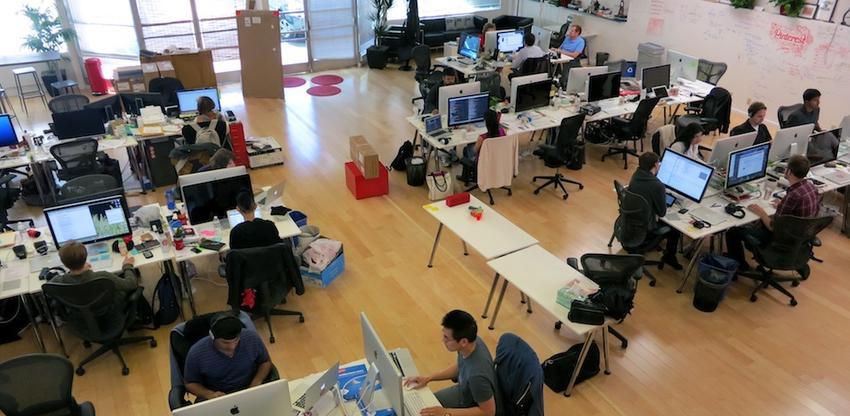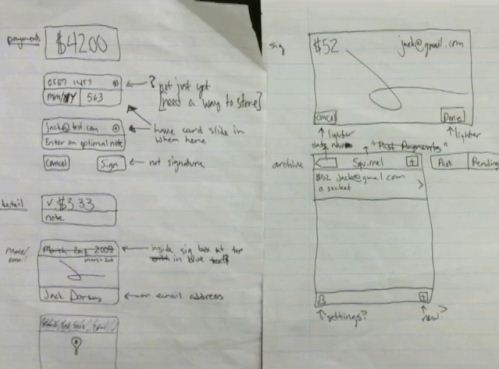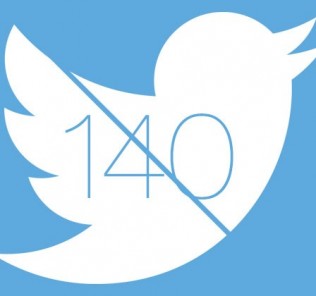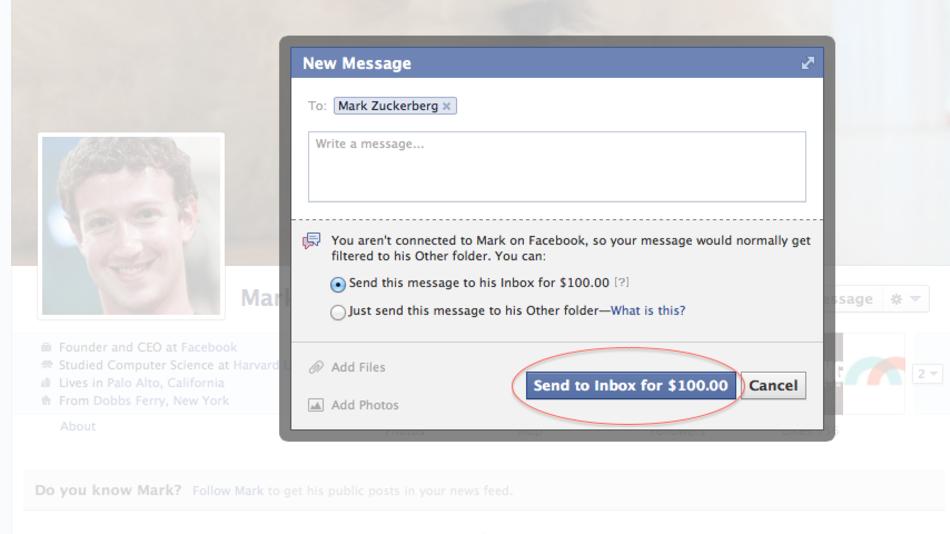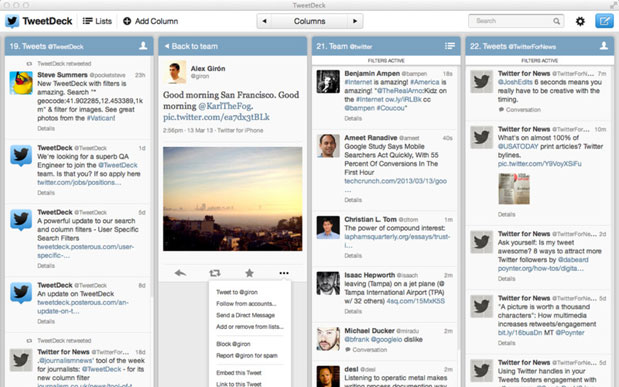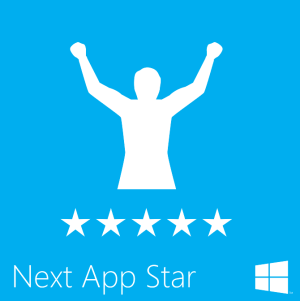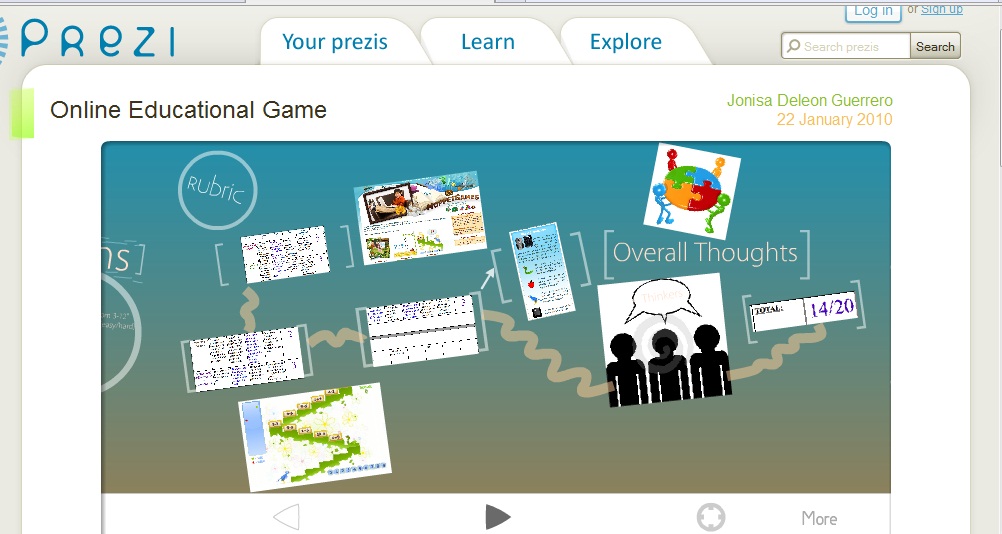5 Great Ways to Land The Job You Want Using Social Media
More and more companies are recruiting using social media, and 40% of young professionals are using social media to get jobs, reports Elance. You can have a successful job search by following these five new ways to get a job using social media.
1. Leverage Your Social Graph
There are alot of reasons to be excited about living in this time. One reason is if you’re in the job market, you can tap into your social graph and have all of the job information you want at your fingertips. For job seekers, this means that you can get introductions to people who work at companies you’re interested in directly. The internet is your personal research laboratory, and here are a few tools that will help you maximize your effectiveness during your job search:
- 1. LinkedIn. LinkedIn gives you access to hiring managers through your close connections. After creating your profile, upload all of your email contacts so that you have a foundation to build upon. Then, search for a company or position, filter your results by location and see who in your immediate network can introduce you to a hiring manager. LinkedIn forces us all to do more research on employees and companies before interviews. All of their information is online, so it’s created an expectation that you’re doing your homework.
- 2. InTheDoor.com. Think of InTheDoor.com as a job board overlay on your Facebook social graph. It connects Indeed.com’s aggregated job board database and your Facebook social graph to show you who in your network can connect you with specific openings. You can find jobs at your friends’ companies, search for jobs in different cities by preference and search by company and job title.
- 3. BranchOut.com. Much like InTheDoor.com, BranchOut utilizes your Facebook social graph. The main difference is that you access BranchOut from within your Facebook profile, and it gives you more of a professional identity. It was always hard to build a professional identity on Facebook but BranchOut has tried to solve that. With $18 million in a recent venture capital round by Redpoint Ventures, more than 3 million job listings and 20,000 internships listings, this site is serious business. Like LinkedIn, you can get recommendations on your page, and like Foursquare, you can earn badges.
2. Use Augmented Reality and Job Search Apps
People are starting to use mobile applications to see job openings near them and apply with just a few touches of an iPhone or Android. In fact 20% of job seekers use their smartphone in their search for a job, reports LinkUp. “Augmented reality” blurs the line between what’s real and what’s computer-generated by enhancing what we see, hear, feel and smell. If you have an iPhone, you should download the “Layar” application. Once installed, click on “Layars” from the bottom menu and search for “JobAmp Mobile.” When you use this layar, you will be able to see all the companies near your current location and what positions are open at them. This information is very useful if you see a company you’re interested in when walking around your city.
- Jobvite is a great platform to find and connect with recruiter
- CareerBliss (Free). It has company reviews, salary information, and about three million job listings.
- Good Job ($4.99). Organize your job search by tracking jobs from multiple sites, contacts, interview schedules, resumes and more.
- Real-Time Jobs (Free). Attach a social network profile and video to Twitter job postings.
- BusyBee (Free). If you’re a freelancer, then you can find contract opportunities nearby with this app.
3. Build Your Online Influence
More than a decade ago, if you had the right “hard” skills (i.e., C++ programming), you were almost guaranteed a job. You could almost trade your college diploma for a job upon graduation. Then, as the economy changed and became more competitive, companies started to pay attention to a new set of skills. Soft skills (i.e., communication, organization, leadership, etc) became increasingly important as a way to choose one candidate over another. Companies were interested — and still are — in passion, teamwork and cultural fit. In today’s world, not only do you need strong hard and soft skills, but you need to develop online influence. When two candidates look the same on paper and are both good communicators, the differentiator will be their online influence.
Online influence is measured in how many connections you have, who those connections are (and how influential they are), who and how many people are sharing your content and backlinking to your website and more. Klout.com, a site that measures online influence and gives you a “Klout score,” is becoming increasingly popular with employers. If you have a high Klout score, it can help you get hired over the next person. Online influence attracts employers, who are increasingly looking to hire professionals who are already well-known by their target audience. Companies understand that those with larger networks are more productive and can generate new business, recruit top talent and market their brand better than someone who lacks a big network.
4. Use Multimedia Instead of a Paper Resume
A recent OfficeTeam survey noted that 36% of companies think that it’s at least somewhat likely resumes will eventually be replaced by profiles on social and business networking sites. More and more professionals are using creative ways to promote themselves online. I’ve seen rap videos, dedicated Facebook Pages, a blog saying “hire me” and SlideShare.net presentations. These promotional tactics can be effective and even land some media attention, which could turn into a few job offers. Since very few job seekers take the time to invest in these tactics, they stand out and are shared widely.
- SlideShare.net. Develop your own PowerPoint presentation, upload it to SlideShare.net and promote it through your networks and on your website. Your slides can include information about your technical skills, projects you’ve completed, an endorsement from a manager and more. Here is an example.
- QR codes — Share a quick response (QR) code on your social networks to direct an employer back to your website. You can also put the code on print materials. Here is an example.
- Viral videos — Create a video about yourself, or multiple videos linked together, and use YouTube to promote it. You can also develop a video resume which will showcase your personality to employers, in addition to your skills. Here is an example.
- Creative websites — Use your creativity and establish a creative website under your full name (yourfullname.com). Here is an example.
5. Turn Yourself Into an Advertisement
Another way to get people’s attention is to advertise yourself to the specific people and companies you’re looking to work for. The four most common ways to advertise yourself are through Facebook social ads, Google AdWords, blog advertisements andLinkedIn Ads. These are all offerings used primarily for businesses, but can be applied to your job search.
You can see an example of this being done by Alec Brownstein in 2010, when he advertised himself by targeting specific executives at companies he wanted to work for. Since people Google themselves, the executives saw his advertisement and he landed interviews. You want to create an advertisement that catches a recruiter’s attention and make sure that it links back to your main website or LinkedIn profile. Your advertisement should be specific and have your expertise clearly identified.













